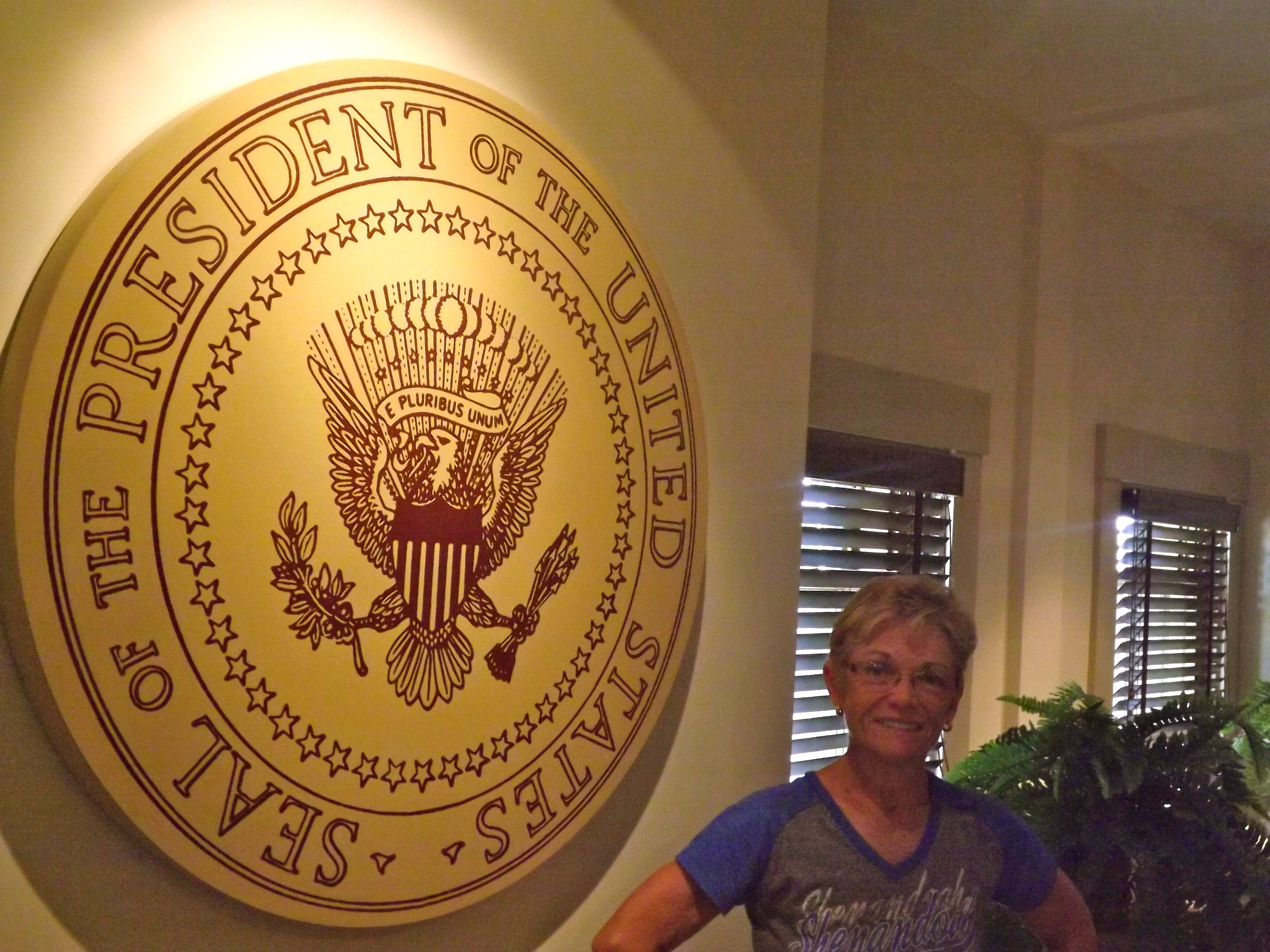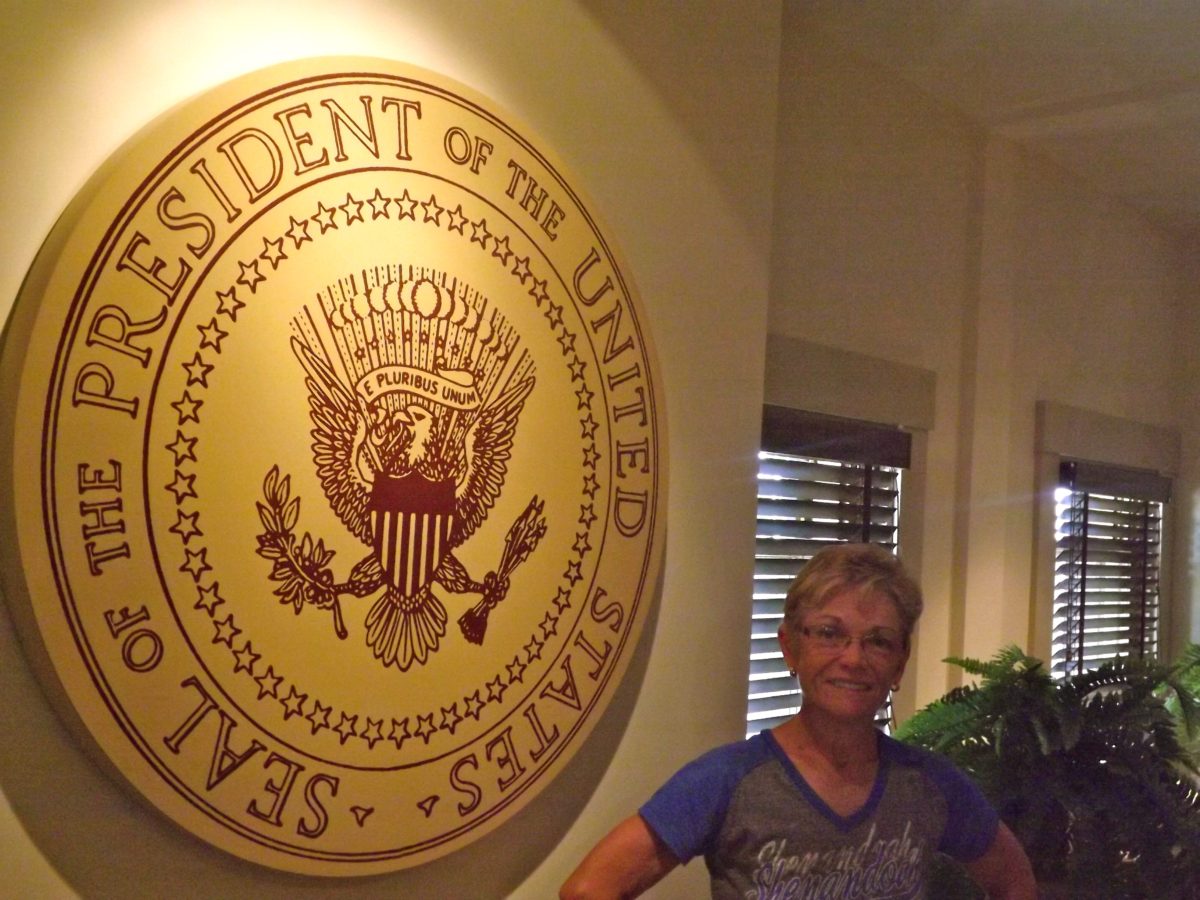Celebrate President’s Day at a National Park Unit
On this President’s Day weekend in the US, we were thinking about one of our favorite series – “The American Presidents” . This series takes you through each of the American presidents from George Washington to President Obama, talking about the times they lived in, the challenges they faced and their accomplishments.
It is interesting to see how the power and authority of the president has waxed and waned… In some administrations the president was only a figurehead while Congress did most of the work; whereas in others the president and the Executive Branch was much more powerful.
Over the years we have visited many of the national park units recognizing former presidents. One of them was William Howard Taft National Historic Site in Cincinnati Ohio, the two story home that was his birthplace and where he grew up.
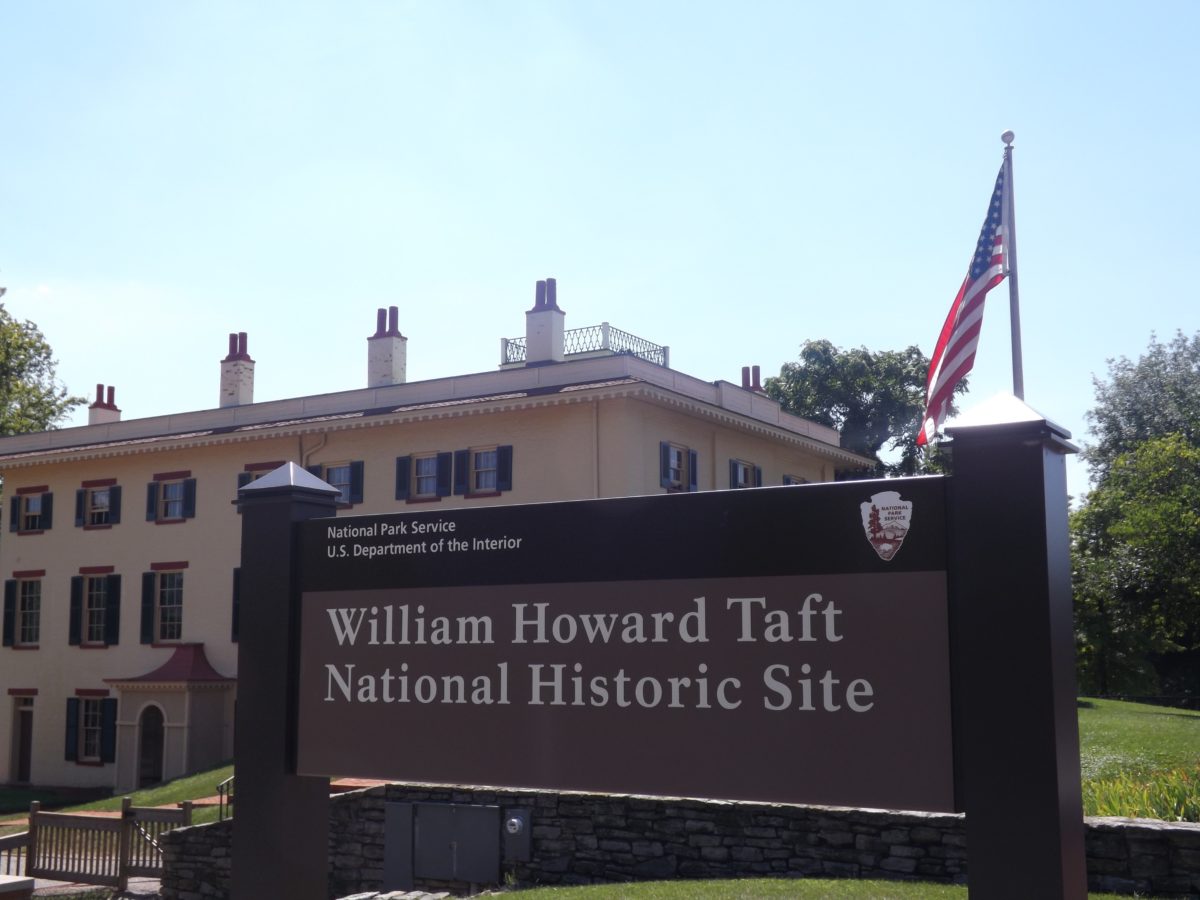
Located in one of the older neighborhoods of Cincinnati, the National Park Service offers free guided tours of the home where you can see and learn more about the life and work of William Howard Taft. Take a photo in the Oval Office or in front of the seal of the Supreme Court.
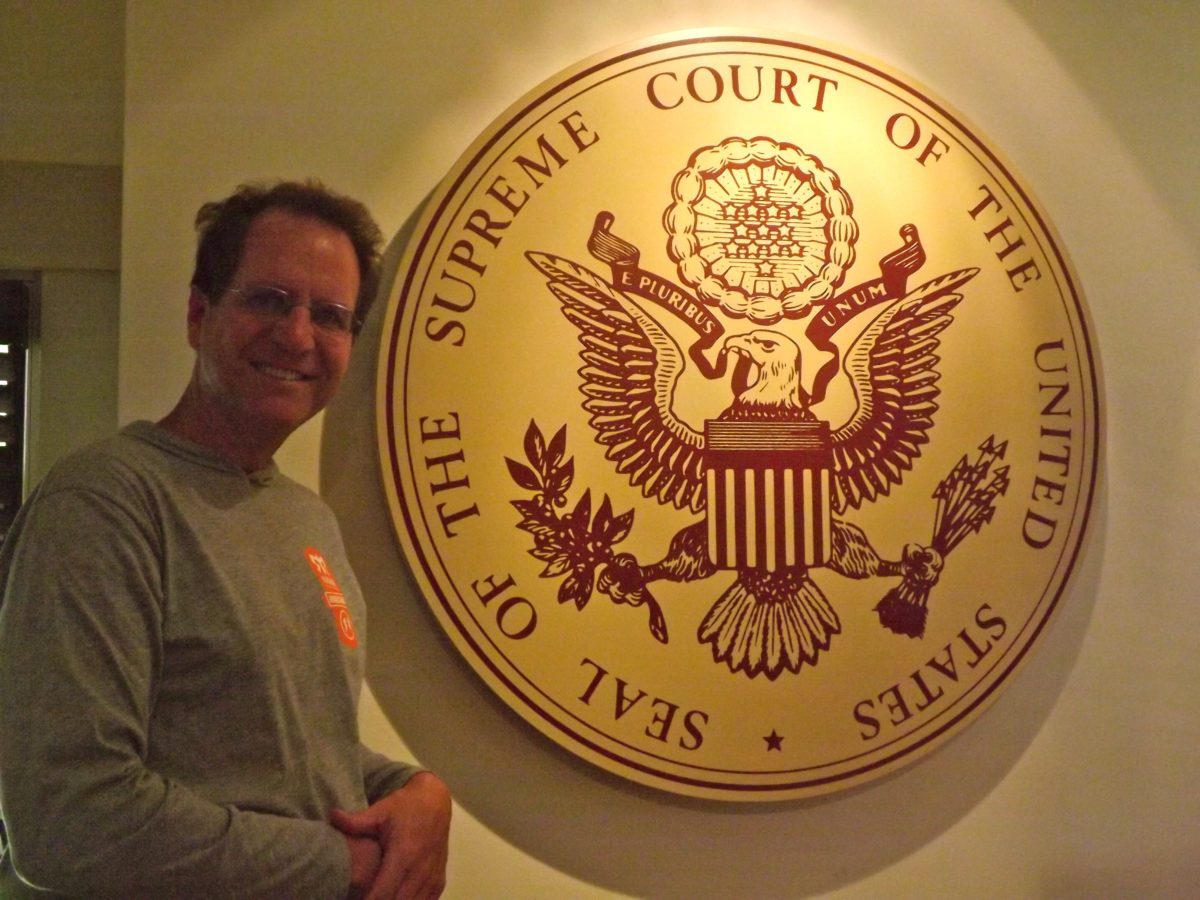
Who was William Howard Taft?
William Howard Taft was the 27th President of the United States, but his first love was the law. He grew up as a lawyer and became a judge when he was still in his 20’s. His goal in life was to be the Chief Justice of the Supreme Court, a post he finally gained in 1921, appointed by President Harding nine years after he lost the presidency, and one he held until one month before his death in 1930.
William Howard Taft was the first person to serve as both the President and the Chief Justice of the United States. He was also the first President to be interred at Arlington National Cemetery.
What we learned about William Howard Taft
Until we visited his home, we didn’t know much about our 27th president. But there we learned how influential he had been. He was the 6th Solicitor General of the United States and a judge on the Sixth Circuit Court of Appeals. He also served his country as the Governor-General of the Philippines under President William McKinley and was the United States Secretary of War under President Theodore Roosevelt, who also appointed him the Provisional Governor of Cuba.
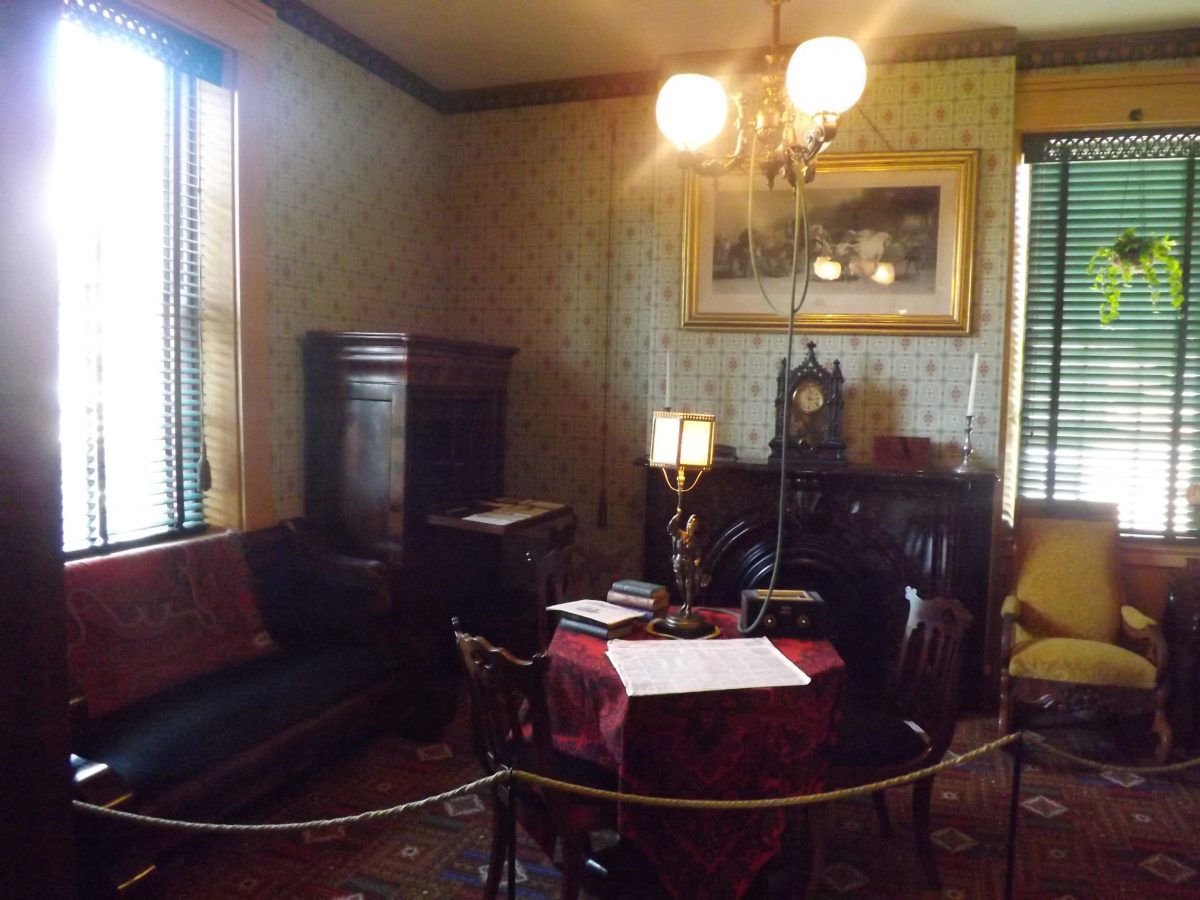
Throughout the home there are photos of his travels and records of his accomplishments. But it seemed that one of his most important accomplishments came after his presidency, when he influenced the Supreme Court to change their policy of hearing all cases to one where the Supreme Court selected the cases they would hear. Not only did this reduce the backlog, it also increased the importance of the Supreme Court to be an equal branch of the United States government.
The Taft Presidency
When Teddy Roosevelt decided not to run for re-election after his 2 terms, he promoted Taft to be his successor; thinking that they shared the same political agenda. Like Teddy Roosevelt, he was anti-trust, supporting legislation that targeted some of the largest and most influential companies of the time – Standard Oil, American Tobacco Company, U.S. Steel and the sugar monopoly.
But unlike Roosevelt, Taft was a staunch “Constitutionalist”, believing that he could only do what the Constitution explicitly allowed; whereas Roosevelt thought the president could do anything the Constitution didn’t explicitly forbid. Unhappy with Taft’s direction, Teddy Roosevelt put his name in for re-election and when he failed to get the support of his party, he started his own – the “Bull Moose” Party – splitting the Republican vote and resulting in a win for Woodrow Wilson.
These are just some of the interesting stories you will hear when you visit the park; just some of the ones that you will learn as you visit other national park units.
On this President’s Day, we encourage you to make plans to visit a Presidential Library or one of the many state parks or national park units dedicated to our past presidents. Each one is unique and different, and you will surely learn more about the role that Presidents have had in our nation’s history.
